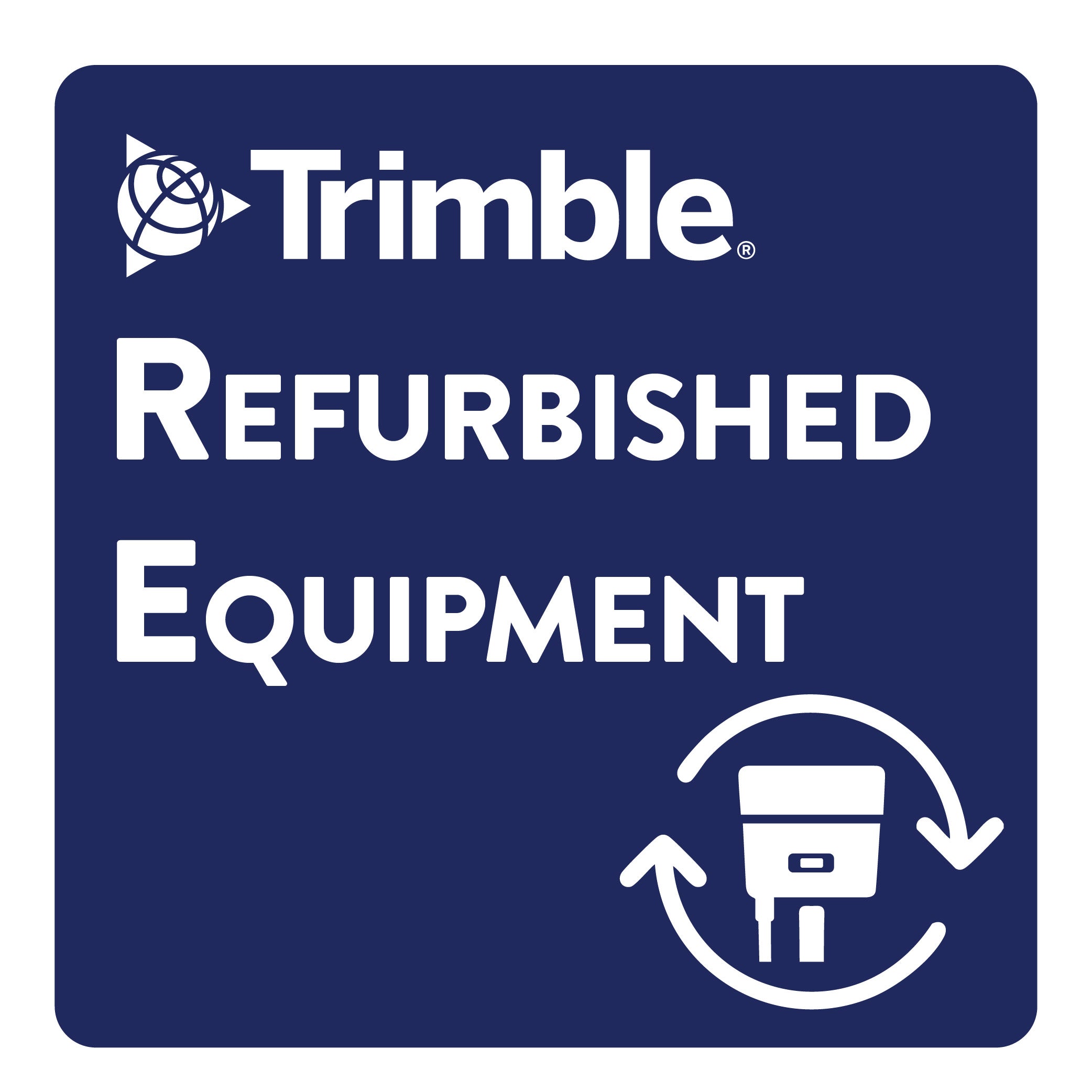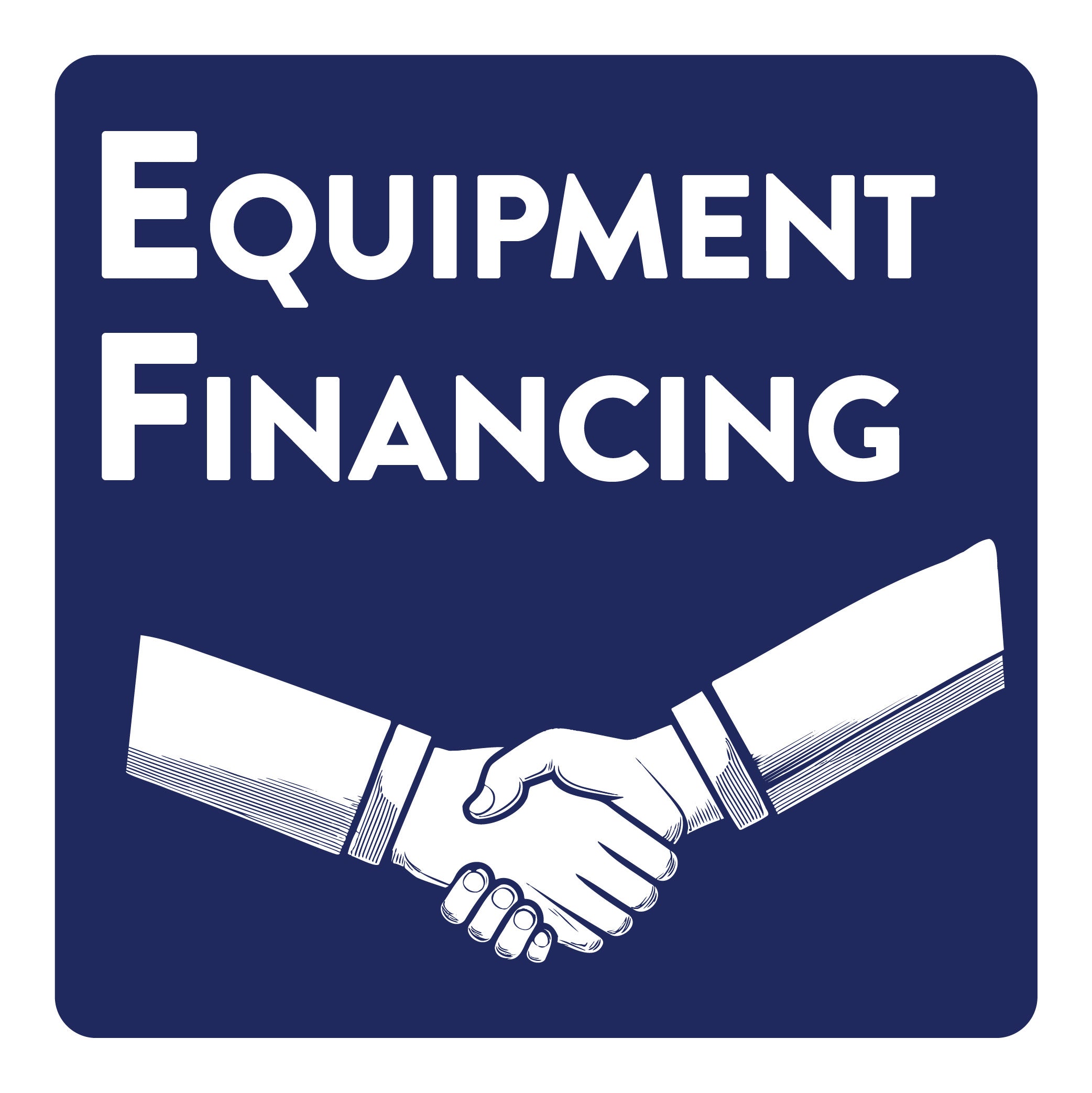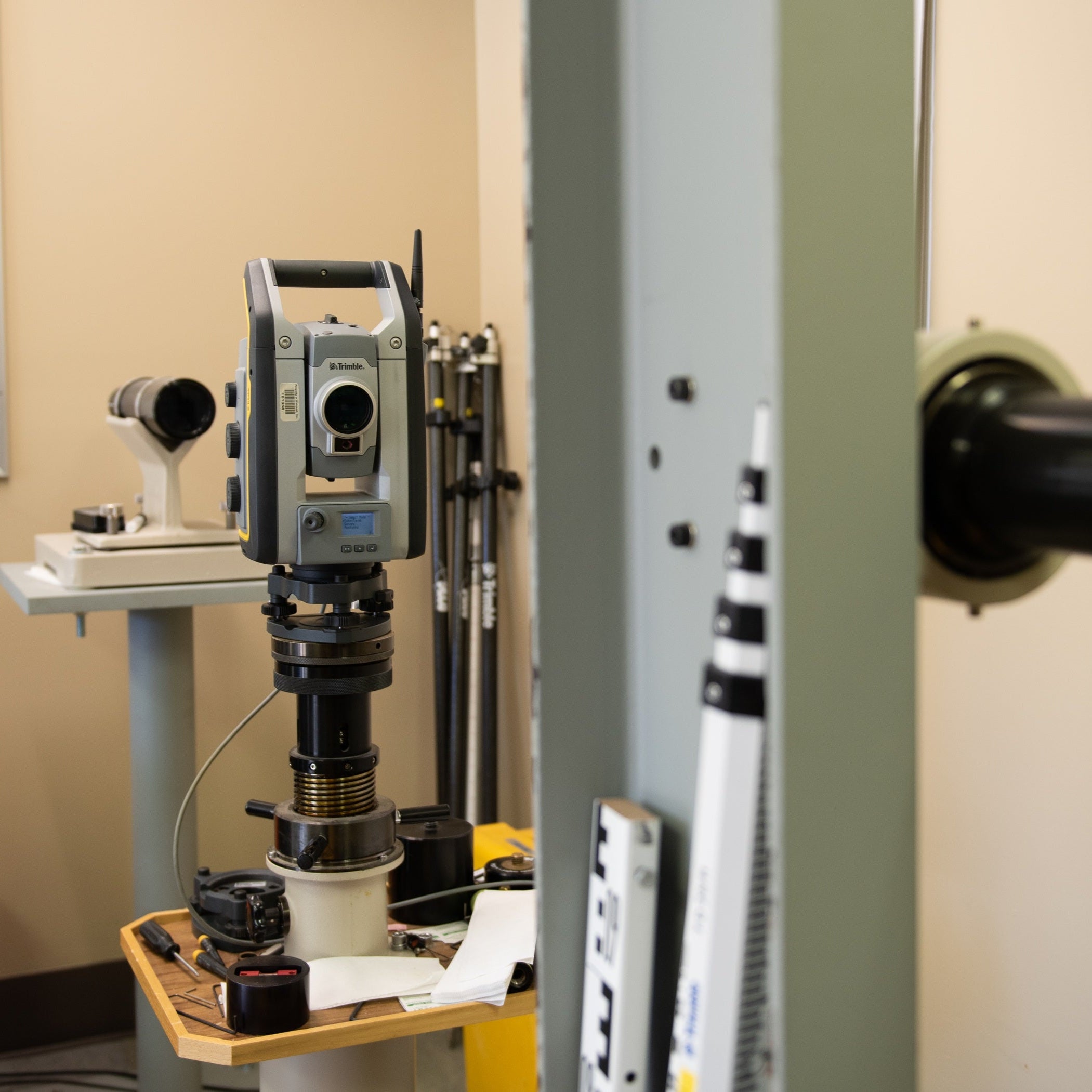
Navigating the Swift Currents of Geospatial Evolution: A Glimpse from the Helm of Vectors Inc.
Share

By:Dustin Hoaglin
MADE TO MEASURE NEWS | VECTORSEDU | October 2023
Navigating the Swift Currents of Geospatial Evolution: A Glimpse from the Helm of Vectors Inc.
Charting the Waters of Geospatial Transformation
The planet we call home is in a perpetual state of flux, with technological advancements serving as one of the key driving forces behind this relentless transformation. Within this vast expanse of change, the realm of geospatial technology emerges as one of the most dynamic frontiers. Its evolution is both rapid and relentless, mirroring the unpredictable nature of the oceans.

Historically, sailors were revered not just for their physical prowess, but for their keen observational skills. Out in the vast, open waters, with no landmarks in sight, these navigators relied heavily on nature's cues. Changes in the direction and intensity of the wind, the rhythm of the waves, and even the positions of the stars were their guides. These cues, some overt and others incredibly nuanced, helped them determine their position, foresee potential dangers, and chart the safest course forward.
Drawing a parallel to the geospatial industry, we too find ourselves in somewhat uncharted waters. In a sea of data, software updates, and hardware innovations, professionals in this field must be equally observant. While we might not be looking to the stars or sensing the direction of the wind, we're deeply engrossed in recognizing patterns in data, predicting technological shifts, and ensuring we harness the full potential of every new tool at our disposal.
The changes we encounter in the geospatial sector can be both apparent and obscured. A groundbreaking software update or a revolutionary new piece of equipment can send ripples throughout the industry, compelling businesses to adapt or risk obsolescence. At the same time, there are subtler shifts — evolving customer expectations, regulatory changes, or the emergence of a new niche market. Recognizing and acting upon these can mean the difference between setting the industry standard and playing catch-up.

Much like the sailors of old, who understood that their survival depended on their ability to read their environment, geospatial professionals must cultivate an innate sense of awareness. We must remain vigilant, ever-ready to adapt, and, most importantly, proactive in our approach. In an industry that's as dynamic as ours, simply reacting to changes is not enough. We must anticipate them, plan for them, and when the tides of innovation surge, ride the waves with expertise and confidence.
Holding the Helm at Vectors Inc.: A Deep Dive into Leading Geospatial Change

Navigating the vast seas of change in the geospatial realm, as the New Mexico regional manager for Vectors Inc., feels much like captaining a ship through uncharted waters. With every wave of innovation or shift in the industry's current, there's a deep-rooted sense of anticipation and vigilance.
Being at the forefront isn't merely about leading the way; it's about carving a path that others can follow with confidence. This position, as prestigious as it is, brings with it a weight of responsibility that's felt with every decision made and direction taken. Vectors Inc. isn't just another name in the geospatial business. We are a beacon, a standard-bearer, particularly in New Mexico and Colorado. Our association with Trimble, the frontrunner in geospatial technology, further amplifies this responsibility.
Our reputation goes beyond the mere transactional nature of selling top-tier equipment. While providing the latest and greatest in technology is part of our offering, it's just the tip of the iceberg. Delving deeper, it becomes clear that our real strength lies in our keen understanding of the geospatial world's nuances and subtleties. It's about having a pulse on the ever-evolving trends and needs of the industry.

Moreover, our relationship with our customers is built on a foundation of trust and foresight. We pride ourselves on being able to anticipate their requirements, often gleaning insights into their needs even before they're fully aware of them. It's this proactive approach that sets Vectors Inc. apart. We're not just suppliers; we're partners in progress. We invest time in understanding our clients' challenges, aspirations, and visions. It's this deep-rooted connection that enables us to offer not just products, but holistic solutions tailored to their unique requirements.
In a realm as dynamic as the geospatial industry, staying ahead is no small feat. But as the vanguard of change for Vectors Inc., the journey is fueled by a commitment to excellence, a passion for innovation, and an unwavering dedication to the communities we serve. The privilege of this position is a constant reminder of the difference we make, and the responsibility is the compass that ensures we continue to lead with integrity, expertise, and vision.
Navigating the Tides of Change in the Geospatial Industry
In my time steering the ship as the New Mexico manager for Vectors Inc., the landscape of the geospatial sector has undergone a metamorphosis. Like a beach that's reshaped by the continuous ebb and flow of the tides, our industry has been sculpted by waves of innovation, technology, and evolving customer needs.
These waves haven't merely updated the models or versions of the equipment we offer. Instead, they have completely transformed the foundational principles governing how such equipment is designed, utilized, and integrated. Customers' expectations have shifted, creating a dynamic where every new product release is not just about what it does, but how it aligns with a broader technological vision, how it overcomes prevailing challenges, and how it opens doors to previously unimagined possibilities.

Fast forward to today, and the horizon looks vastly different. In an age where data is the new oil, real-time acquisition has taken center stage. No longer is it sufficient for equipment to merely record data; it needs to capture, process, and relay it instantaneously. But the transformation doesn't stop there. As businesses across the spectrum became more interconnected, there arose a need for our equipment to "speak" and "integrate" with other technological platforms seamlessly. Whether it's syncing with cloud storage, interfacing with design software, or integrating with a larger IoT (Internet of Things) infrastructure, the demands have become multifaceted.
Furthermore, with the explosion of data came the dawn of predictive analytics. This new frontier is not just about understanding the present but also about anticipating the future. Customers today are looking beyond simple tools. They're in search of holistic solutions – systems that not only fit into but also enhance their broader technological ecosystems. They desire platforms that not only collect data but analyze, interpret, and offer actionable insights.

In essence, the geospatial industry's evolution has been a mirror to the larger technological revolution. At its heart, it's a journey from standalone functionality to integrated synergy, from passive tools to proactive solutions, and from mere accuracy to actionable intelligence. As I stand at this juncture, looking back at the trails we've blazed and forward to the horizons yet unexplored, the promise and potential of the future are palpable.
The Accelerated Evolution of Surveying Equipment: Adapting to the New Normal
In the kaleidoscope of changes, I've witnessed in the geospatial sector, the metamorphosis in the life cycle of surveying equipment stands out prominently. Cast your mind back, if you will, to a simpler era in our industry. It was a time when investing in a piece of surveying equipment was analogous to acquiring a prized asset with a significant shelf life. Companies could make a purchase and bask in the assurance that they were equipped with the market's pinnacle for a near-decade. That sense of security, of long-term reliance, was a hallmark of those times.
But like sand slipping through an hourglass, that era gradually gave way to today's rapid-paced reality. The cadence of change has intensified, dictated by a blend of exponential technological advancements and a market that's become more discerning, more knowledgeable, and ever-eager for the avant-garde.

To say that equipment life cycles have merely "shortened" would be an understatement. We're not just talking about more frequent product launches or upgraded versions hitting the shelves at a faster rate. No, this acceleration is symptomatic of a larger shift in the very fabric of our industry. It's a narrative of an ecosystem where resting on past laurels is no longer an option and where the quest for the next breakthrough is incessant.

Today's mantra is threefold: efficiency, speed, and adaptability. Efficiency, where every piece of equipment, every software update, and every new feature aims to squeeze out maximum productivity, minimizing waste and redundancy. Speed, because in an age of real-time data and on-the-go decisions, slow and steady no longer wins the race. And adaptability, the ability of equipment not only to serve its primary function but to evolve, integrate, and morph as per the changing needs of projects and clients.
This heightened pace and the accompanying demands it brings are not just challenges; they're opportunities in disguise. For businesses that can pivot, that can anticipate these shifts, and that can strategically plan their equipment investments, the rewards are enormous. It's about turning the challenge of rapid obsolescence into an advantage – an opportunity to consistently stay ahead of the curve, to always have an edge over competitors, and to harness the very best of what technology offers to enhance profitability, efficiency, and client satisfaction.
In essence, the accelerated life cycle of surveying equipment is both a reflection of our times and a call to action. It beckons businesses in the geospatial sector to evolve, to be nimble, and to view change not as a hurdle but as a catalyst for unparalleled growth.
Adapting to the Changing Cadence of the Geospatial Arena
The geospatial realm, vast and vibrant, is a hotbed of continuous innovations, emerging challenges, and limitless prospects. My time at Vectors Inc., entwined with the representation of Trimble — a beacon of geospatial brilliance — has granted me a unique birds-eye view of this evolving field. From this elevated perspective, I don't merely witness the industry's present dynamics, but I can also discern its impending trajectory and potential turning points.
A glaring trend, evident from this vantage, is the transformative shift in the life cycle of surveying equipment. There was an era when this life cycle stretched comfortably to seven years. It signified a period during which a geospatial equipment investment resonated with longevity and assurance. However, as the tides of technological advancement surged, this life cycle has undergone a noticeable compression. Today, it's more concise, hovering around five years. This isn't just a number; it embodies the accelerated pace of innovation, the escalating client expectations, and the industry's fervor to push the boundaries relentlessly.

Here's the stark reality, and it's one that every professional and enterprise in the geospatial sector must heed: if you're not planning on trading in your hardware 3 to 4 years after the release date of the equipment by Trimble, you've missed the bus. This isn't mere rhetoric; it's a strategic imperative. Understanding and adapting to this accelerated rhythm isn't just a competitive edge; it's foundational to success in this landscape. This life cycle change isn't just about the hardware's functional longevity; it's a gauge of its relevance, adaptability, and market value.
In this thrilling journey of exploration and progress, recognizing these temporal nuances and crafting strategies around them is pivotal. It becomes the benchmark that separates the proactive leaders from the passive participants, the visionaries from the mere observers. As the geospatial narrative unfolds, armed with this clarity and the relentless drive for excellence, we can steer a path that adeptly maneuvers the current challenges and sets the stage for pioneering tomorrow's advancements.
Drawing Boundaries and Blurring Lines, whether in the field with Trimble or diving deep into Descartes, it's all in a day's work. Until our paths cross again on the digital grid!
With a measure of mirth, Dustin Hoaglin PLS.
Dustin Hoaglin, PLS is a Trimble Certified Trainer, Regional Manager, and TBC Power User for Vectors Inc. and is based in Albuquerque, New Mexico.
©Vectors Inc.






